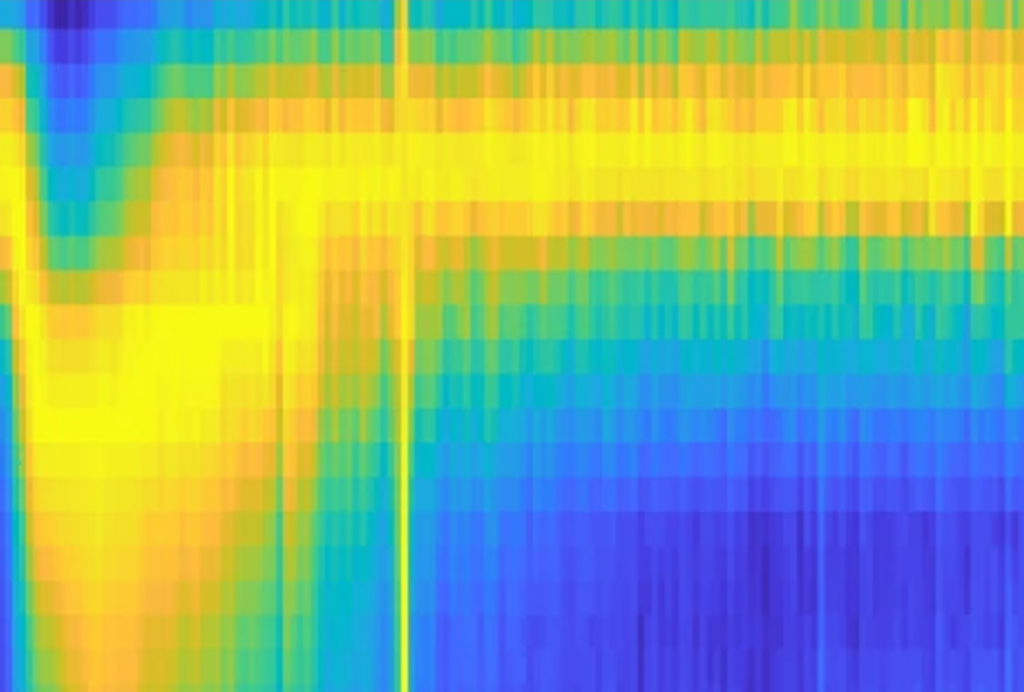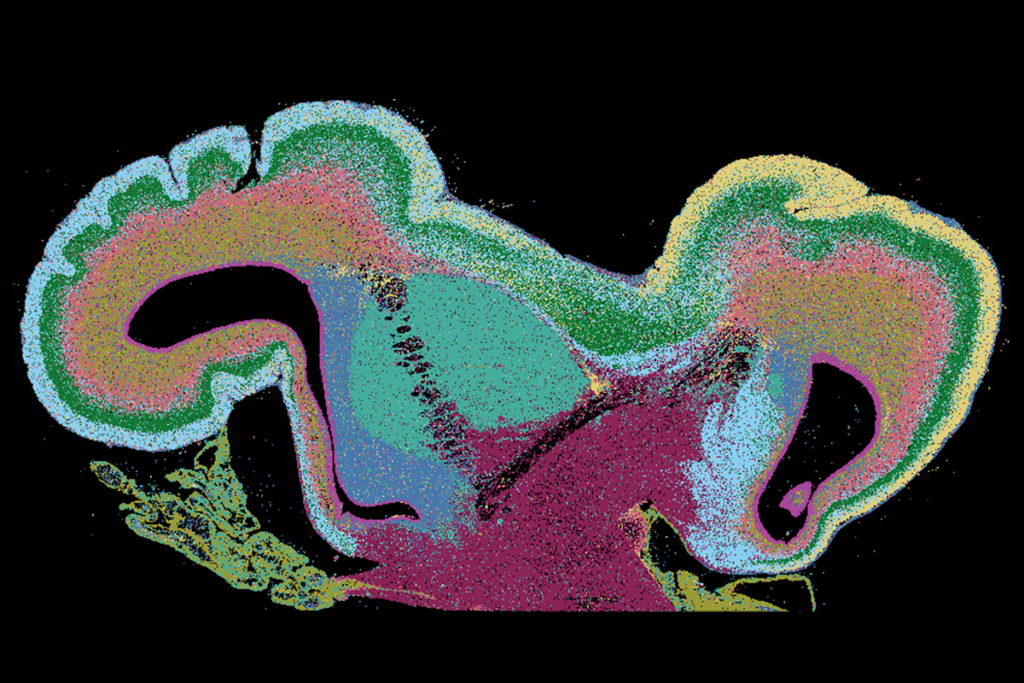Cristina Savin and Tim Vogels discuss how AI has shaped their neuroscience research
Not all neuroscientists use artificial intelligence in the same way or for the same purpose. Neuroscience researchers from different fields discuss the impact AI has had on their research and how it influences productivity in their labs.
In the second of two episodes from a recent neuroAI workshop in Norway, Paul Middlebrooks and Gaute Einevoll, host of the “Theoretical Neuroscience” podcast, discuss with Cristina Savin and Tim Vogels the role that modern AI plays in their neuroscience research.
Savin, associate professor in neural science and data science at New York University, uses neural network models, statistics and probability theory to study how brains compute, learn and remember. Vogels, professor of theoretical neuroscience at the Institute of Science & Technology Austria, studies the learning rules employed during synaptic plasticity.
Read the transcript.
Listen to the first episode with Kenneth Harris and Andreas Tolias.
Recommended reading
Daniel Nicholson discusses how Schrödinger’s book ‘What is Life?’ shaped years of biology, research
Explore more from The Transmitter

Dispute erupts over universal cortical brain-wave claim
Waves of calcium activity dictate eye structure in flies
